- No products in the cart.
Blogir-3 Table for the races. 5mg 10 pc
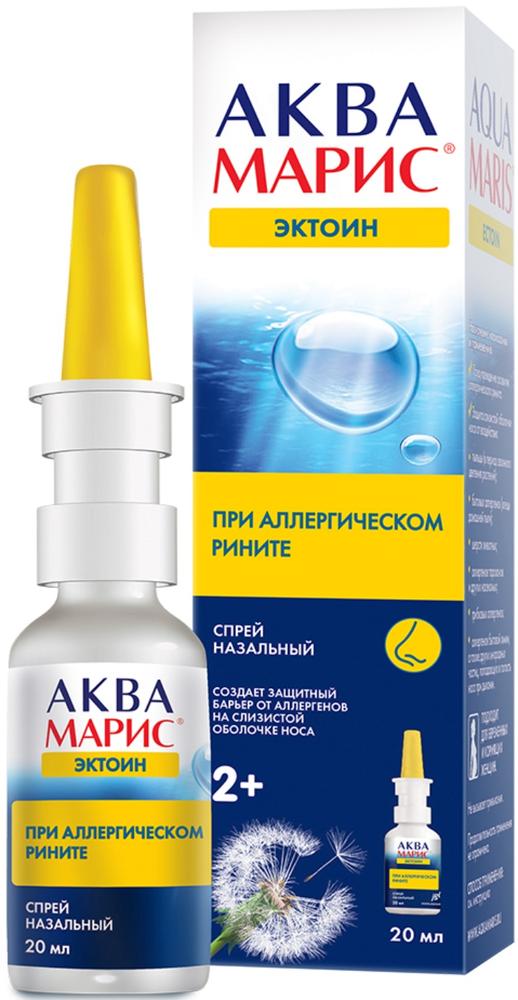
Aqua Maris ectoine nasal spray for the prevention and treatment of allergic rhinitis 20ml
$10.19

Suprastin tab 25mg 20 pc
$2.72
$4.53
Blogir-3 Table for the races. 5mg 10 pc
Description
Composition
Active substance:
1 tablet contains: 5 mg desloratadine ;.
Excipients:
Mannitol – 133.5 mg Microcrystalline cellulose – 15.0 mg Croscarmellose sodium – 6.0 mg, polacrilin potassium – 5.0 mg Aspartame – 3.0 mg magnesium stearate – 1.7 mg, tutti-frutti flavor (flavoring, maltodextrin, propylene glycol E1520, E1450 modified starches) – 0.75 mg dye iron oxide red – 0.7 mg citric acid monohydrate – qs
Description:
Round, flat tablets pink color interspersed with a dark color, with beveled edges and embossed “5” on one side.
Product form:
Suckable tablets 5 mg.
5 lozenges in aluminum blister. One blister together with instructions for use placed in a cardboard box.
10 lozenges in aluminum blister. One, two or three blisters with instructions for use placed in a cardboard box.
Contraindications
Increased sensitivity to the drug; Pregnancy and lactation; age under 12 years; phenylketonuria.
Carefully
In the presence of severe renal failure, the drug should be taken with caution.
Dosage
5 mg
Indications
Allergic rhinitis (elimination or alleviation of sneezing, nasal congestion, nasal mucus, itching nose, palate pruritus, itching and redness of the eyes, tearing); urticaria (reduction or elimination of itching, rashes).
Interaction with other drugs
Interactions with multiple joint application of desloratadine with ketoconazole, erythromycin, azithromycin, fluoxetine and cimetidine clinically significant changes in desloratadine concentration have been identified in plasma. BLOGIR-3® does not enhance the action of alcohol on the central nervous system. Eating does not affect the efficacy of the drug.
Overdose
In clinical studies, the application of desloratadine in a dose of 45 mg (9 times higher than the therapeutic dose), no clinically significant adverse effects.
Treatment: In the case of taking an overdose of standard measures for the removal of active substances from the gastrointestinal tract. Recommended symptomatic and supportive therapy.
Desloratadine does not appear in hemodialysis, peritoneal dialysis efficacy has not been established.
pharmachologic effect
Pharmacological group:
Antiallergic agent – H1- histamine receptor blocker.
Pharmacodynamics:
Non-sedating long acting antihistamine. It is the primary active metabolite of loratadine. Selectively blocks the activity of peripheral histamine H receptor. Inhibits histamine release from mast cells. Inhibits the cascade of allergic inflammation, including release of inflammatory cytokines including the interleukins IL-4, IL-6, IL-8, IL-13, selection of adhesion molecules such as P-selectin. Thus, it prevents the development and facilitates the allergic reactions has antipruritic and antiexudative action, reduces capillary permeability, prevents the development of edema, smooth muscle spasm.
The drug has no effect on the central nervous system with practically no sedative effect (does not cause drowsiness) and does not affect the speed of psychomotor reactions. It does not cause QT prolongation on the ECG.
Pharmacokinetics:
Suction
After ingestion desloratadine well absorbed in the gastrointestinal tract is determined in plasma 30 minutes after oral administration. The maximum concentration Cmax is reached after about 3 hours.
Distribution
desloratadine Binding to plasma proteins is 83-87%. In the application for adults and adolescents over 14 days in a dose of 5 mg to 20 mg 1 time per day evidence of clinically significant accumulation of desloratadine is not revealed. Simultaneous food intake or grapefruit juice does not affect the distribution of desloratadine (when receiving a dose of 7.5 mg 1 time per day). It does not cross the blood-brain barrier.
Metabolism
It undergoes extensive metabolism in the liver by hydroxylation to form 3-OH-desloratadine connected to glucuronide. Not an inhibitor of isozyme CYP3A4 and CYP2D6, and is not a substrate or inhibitor of P-glycoprotein.
breeding
Desloratadine is excreted as glucuronide compound and a small amount (less than 2%) by the kidneys and through the intestine (less than 7%) unchanged. The half-life T1 / 2 is an average of 27 hours.
Pregnancy and breast-feeding
Application BLOGIR-3® drug during pregnancy is contraindicated due to the lack of clinical data on the safety of its use in a given period.
Desloratadine is excreted in breast milk, therefore the use of the drug during breast-feeding is contraindicated.
Conditions of supply of pharmacies
Without recipe.
side effects
The frequency of adverse reactions are classified according to the recommendations of the World Health Organization: very often – at least 10%; often – at least 1% but less than 10%; infrequently – at least 0.1% but less than 1%; rarely – at least 0.01% but less than 0.1%; very rarely – less than 0.01%, including isolated reports.
The most common undesirable effects (> 1/100 to
Very rarely (
On the part of the central nervous system: hallucinations, dizziness, somnolence, insomnia, psychomotor hyperactivity, seizures.
Cardio-vascular system: tachycardia, palpitations.
From the digestive system: abdominal pain, nausea, vomiting, dyspepsia, diarrhea.
Of the liver and biliary tract: elevated liver transaminases, increasing the concentration of bilirubin, hepatitis.
On the part of the musculoskeletal system: myalgia.
Immune system: anaphylaxis, angioedema, dyspnoea, pruritus, rash, including rash, photosensitivity.
If any of these instructions side effects are compounded, or if you notice any other side effects not mentioned in the instructions, tell your doctor.
special instructions
At the recommended dose of the drug does not affect the ability to drive vehicles or machinery. However, in very rare cases, some patients may experience drowsiness while taking desloratadine, which may affect their ability to drive or operate machinery.
Storage conditions
At temperatures above 25 ° C.
Keep out of the reach of children!.
Dosing and Administration
Inside, regardless of the meal. Carefully open the blister and remove the tablet without breaking a her. Lozenge is placed on the tongue where it dissolves, after which it was swallowed with saliva without drinking water or other liquid. The tablet should be taken immediately after opening the blister.
Adults and adolescents over 12 years old: 1 tablet for sucking (5 mg), 1 time per day to reduce the symptoms of allergic rhinitis (including seasonal and perennial allergic rhinitis) and urticaria.
By seasonal (intermittent) allergic rhinitis (with symptoms lasting less than 4 days per week or at least 4 weeks in a year) should be evaluated for the disease. With the disappearance of the symptoms, the drug should be discontinued at the re-emergence of symptoms the drug should be resumed.
In year-round (persistent) allergic rhinitis (with symptoms lasting more than 4 days per week, or up to 4 weeks in a year), medication must be taken over the entire period of allergen exposure.
Information
Appearance may differ from that depicted in the picture. There are contraindications. You need to read the manual or consult with a specialist
Additional information
| Weight | 0.100 kg |
|---|---|
| Manufacturer | Belupo |


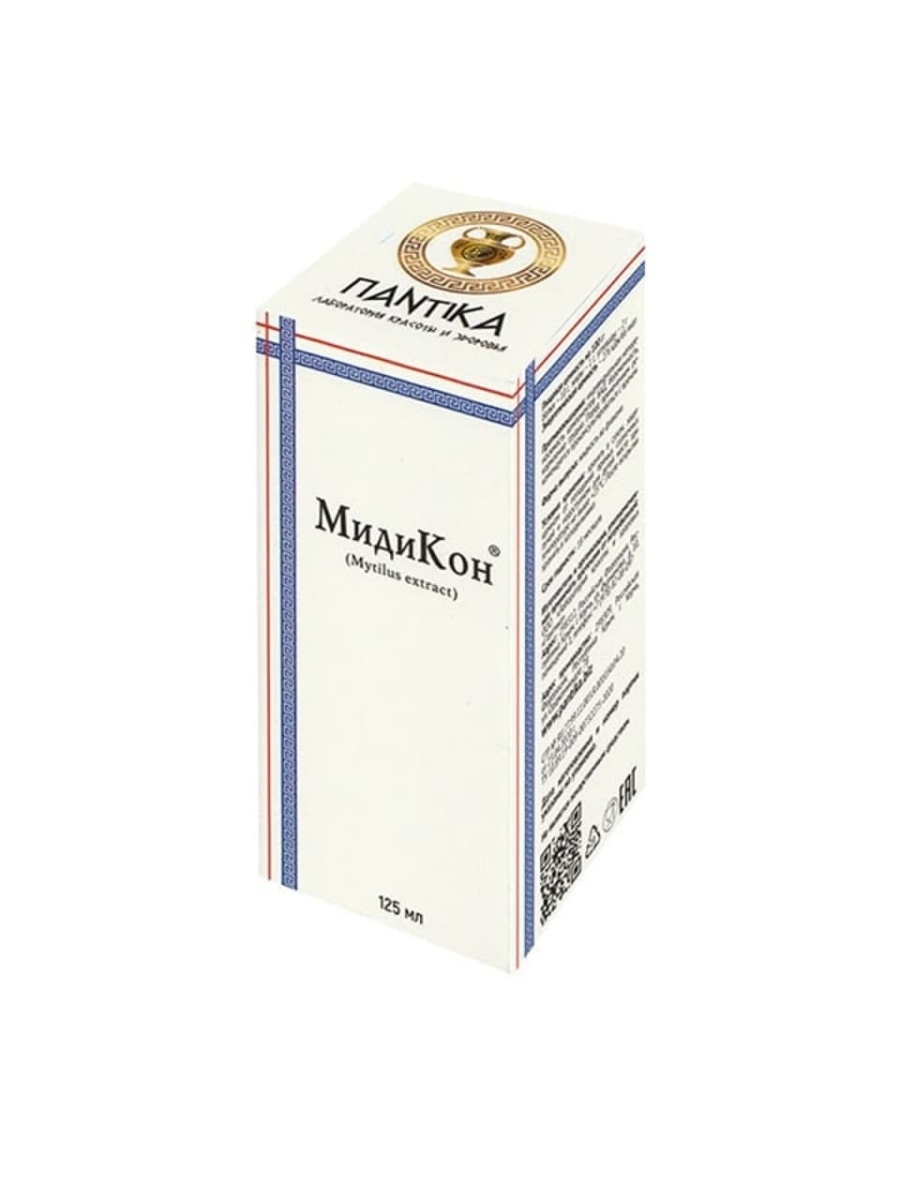

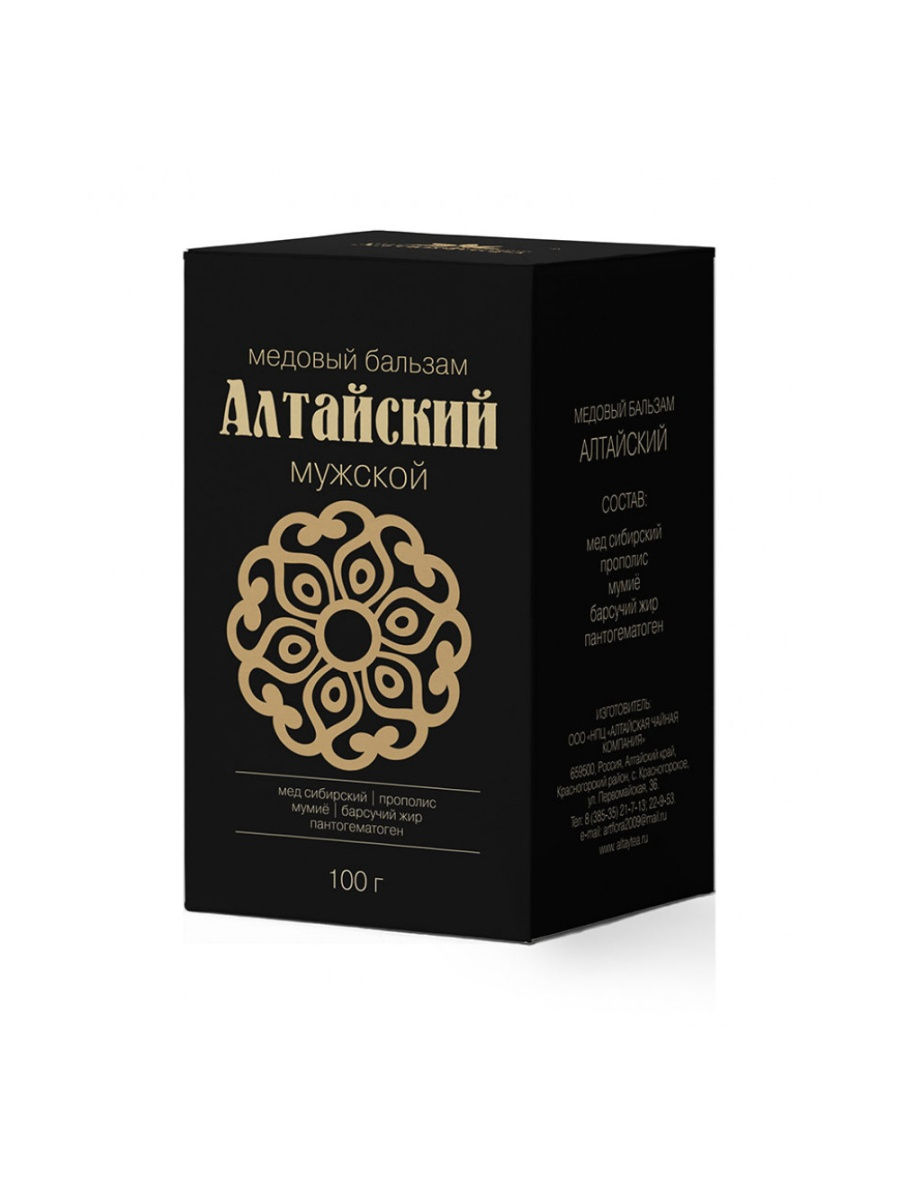
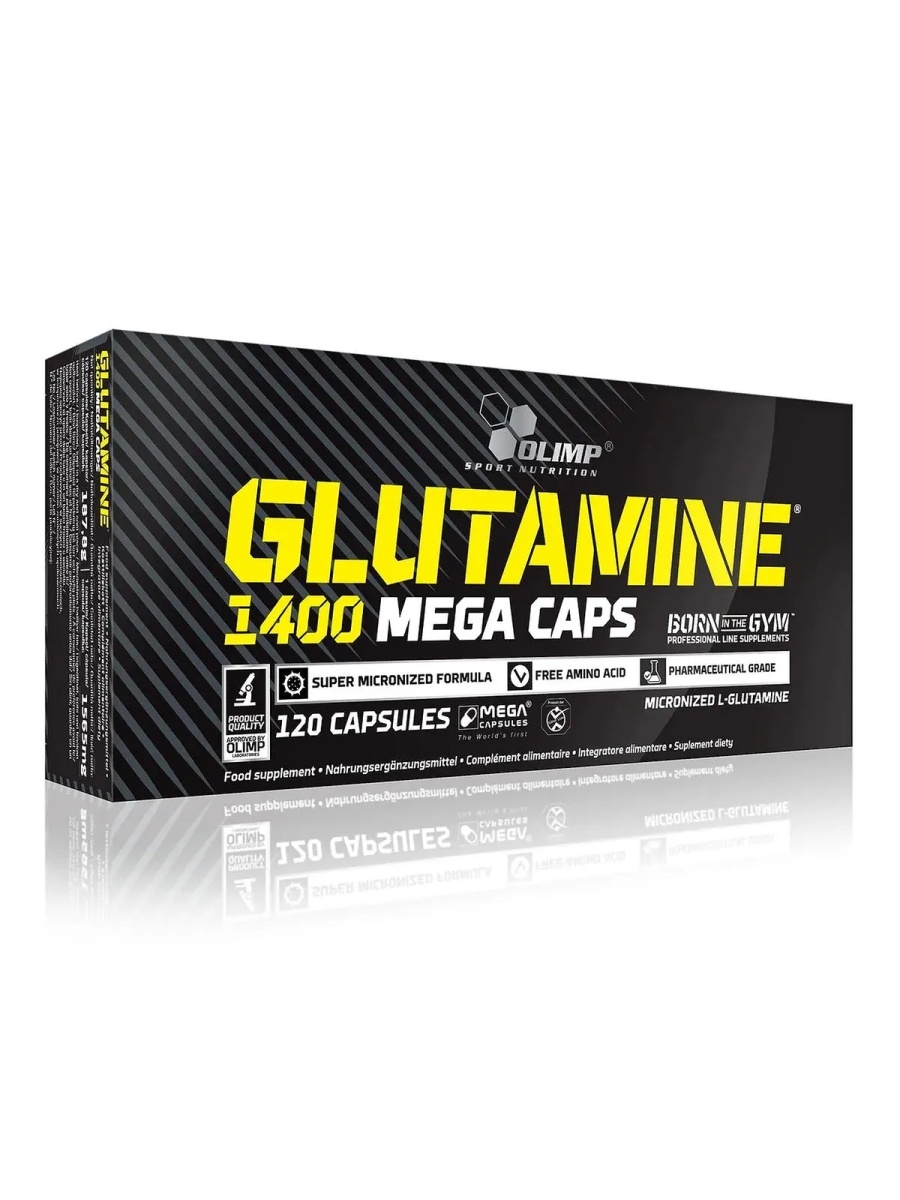

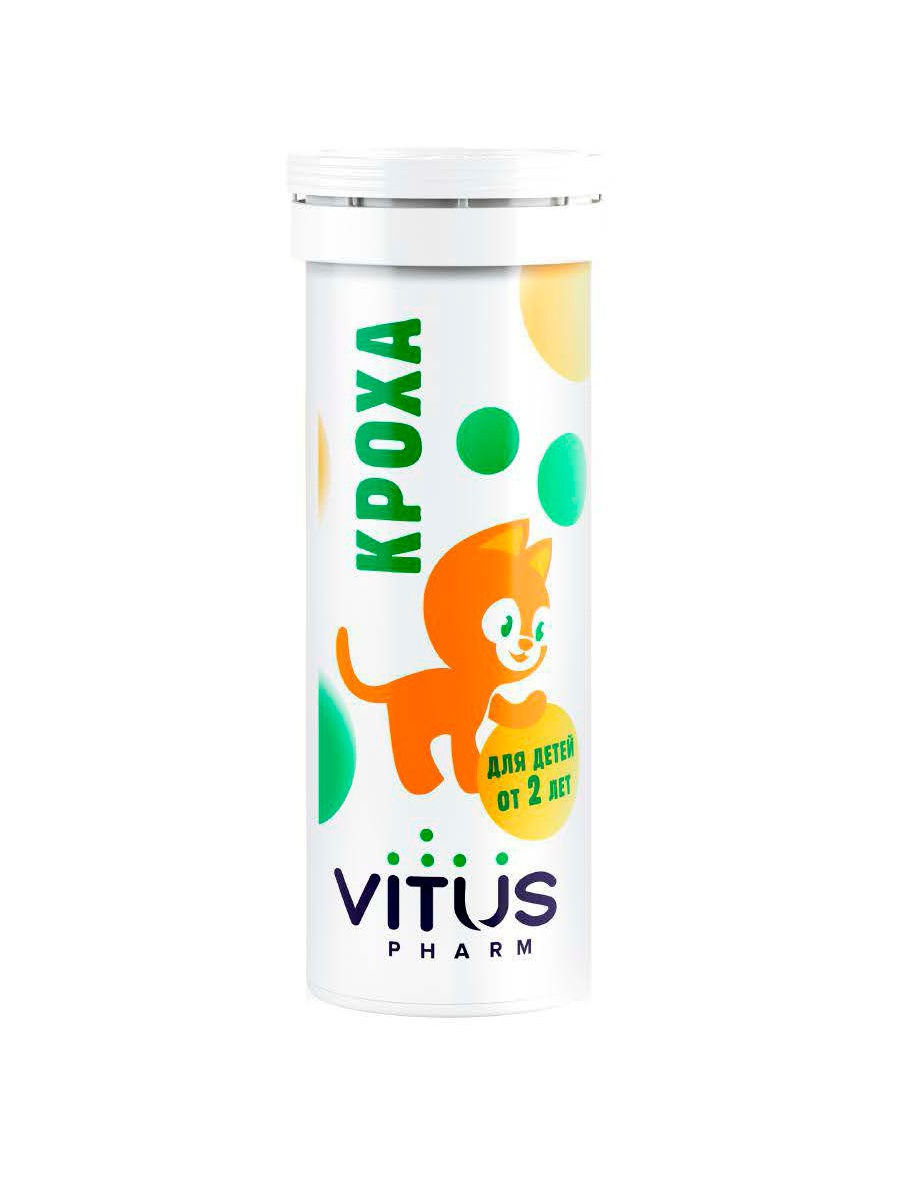




There are no reviews yet.